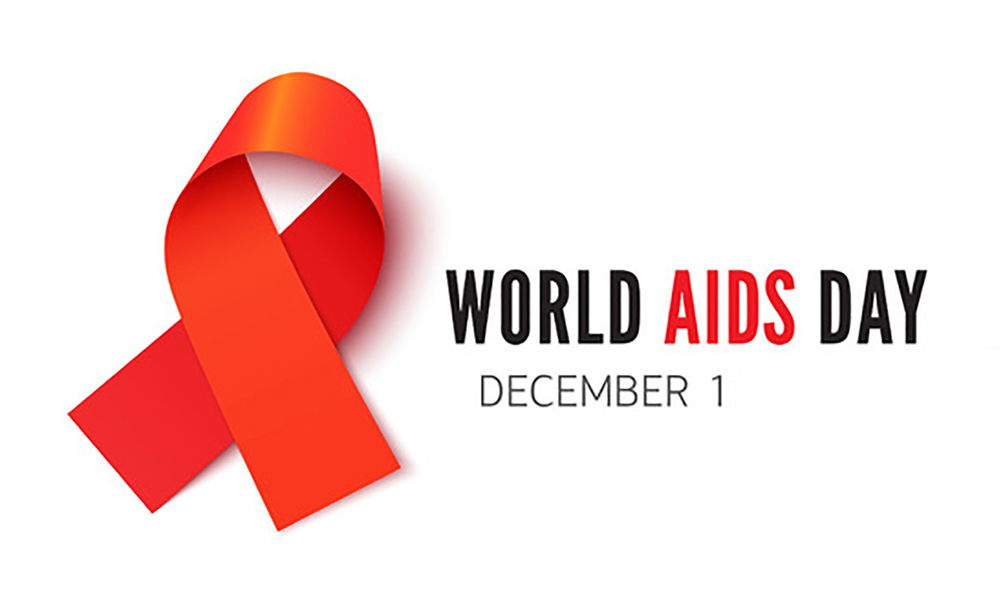
As December 1st marks the 33rd World AIDS Day, we at Instinct magazine ask the question where are we as a nation on this disease? We look to the experts for their insight and leadership and guidance. We offer a sampling of different voices to see where we are, and where we can go in the future.
Statistically speaking, According to the United States Centers for Disease Control and Prevention, there are more than 1.1 million people in the U.S. living with HIV, and approximately 40,000 new diagnoses each year. The virus continues to disproportionately affect members of the LGBTQ+ community. The HIV lifetime risk is one in six for gay and bisexual men, one in four for gay and bisexual Latinx men and one in two for gay and bisexual Black men. At least one in 20 transgender women are living with HIV, Black transgender women are at least three times more likely to be diagnosed with HIV and Latinx transgender women are at least one and a half times more likely to be diagnosed with HIV as compared with the population as a whole.
Joni Madison, Interim President of the Human Rights Campaign,
“Each year, on December 1st, we take a moment to reconnect with why we work to bring an end to the HIV/AIDS epidemic, remember those we have lost, and recommit to continuing the fight against stigma. LGBTQ+ people in the United States and elsewhere are at significantly higher risk of negative health outcomes connected with HIV and AIDS – and this is risk is even higher for Black and Latinx LGBTQ+ people. We can end the HIV epidemic, but we must start by reducing these health disparities and fighting back against the stigma faced by this community.”
J. Maurice McCants-Pearsall, Director of the HIV and Health Equity Program at the Human Rights Campaign,
“Each year, World AIDS Day reminds all of us how far we have come in addressing the epidemic – and how much farther we have to go. It’s imperative for us to take this moment to shine a light on health disparities and continue our work building innovative new programs – like our first-of-its-kind in-home HIV testing program or our work with Gen-Z changemakers – to bring this epidemic to an end.”
https://www.instagram.com/p/B5iLxBVBh9p/
Black AIDS Institute,
“We have so much more work to do. In 2019, more over 36,000 new cases were reported – adding to the more than 1 million people in the U.S. living with HIV/AIDS. Blacks still account for approximately 42% of all new cases. We must not think of the AIDS epidemic as some bygone, eradicated condition.”
https://www.instagram.com/p/CW8VsIBs_53/
“There’s no better theme than this year’s “Ending the HIV Epidemic: Equitable Access, Everyone’s Voice” because what we have learned throughout our many decades of doing this work is that when we come together on accord – with one voice and one purpose – we can make great strides in combatting HIV/AIDS and delivering critical, life-services medicine and services to our community.”
https://www.instagram.com/p/CQoFANls8kl/
Joe Hollendoner, Executive Director Los Angeles LGBT Center
“It has been 40 years since the Centers for Disease Control (CDC) first reported a mysterious illness among five young gay men in Los Angeles that would later become known as AIDS. This report would be followed by a devastating loss of life that, sadly, continues today. This World AIDS Day, we remember those who died due to government inaction rooted in homophobia, celebrate the continued resiliency of long-term survivors, express gratitude to the HIV providers, researchers, and advocates, as well as affirm our commitment to eliminating the stigma that enables the HIV epidemic to continue.”
https://www.instagram.com/p/B5iVxJAAMLy/
Today, the White House released the National HIV/AIDS Strategy (for the United States 2022-2025). Developed by the White House Office of National AIDS Policy (ONAP) in collaboration with federal partners and with input from the HIV community across the country they introduced the report with a vision. A vision, or a hope, of not what is, but what can be,
“The United States will be a place where new HIV infections are prevented, every person knows their status, and every person with HIV has high-quality care and treatment, lives free from stigma and discrimination, and can achieve their full potential for health and well-being across the lifespan.
This vision includes all people, regardless of age, sex, gender identity, sexual orientation, race, ethnicity, religion, disability, geographic location, or socioeconomic circumstance.”
May this vision be our reality.
(**This post is solely the opinion of this contributing writer and may not reflect the opinion of other writers, staff, or owners of Instinct Magazine.)
